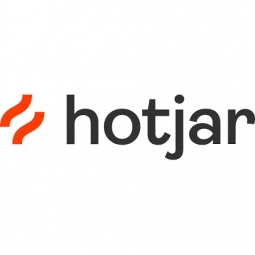Vimcar's Successful Website Rebranding: Boosting Traffic and Leads with Hotjar
- Application Infrastructure & Middleware - Data Visualization
- Cybersecurity & Privacy - Identity & Authentication Management
- Equipment & Machinery
- Quality Assurance
- Sales & Marketing
- Experimentation Automation
- Fleet Management
- Testing & Certification
Vimcar, Germany’s leading fleet management software, was experiencing rapid growth and needed to rebrand their regional websites for Germany and the UK to keep up with their expanding product and feature list. However, they were concerned that the changes might disrupt their funnels, leading to a temporary reduction in page views, leads, and sales. The site’s heavy focus on product and features was suspected to be making it harder for users to book a demo and get started. The team wanted to make the experience more customer-centric but needed hard data to identify what elements to change. The slow pace of traffic from its B2B customers made A/B testing a slow process, taking up to three months to gather enough data to act. They needed solutions in place right away.
Vimcar is Germany’s leading fleet management software company. They were experiencing rapid growth and needed to rebrand their regional websites for Germany and the UK to keep up with their expanding product and feature list. However, they were concerned that the changes might disrupt their funnels, leading to a temporary reduction in page views, leads, and sales. The company primarily serves B2B customers, which results in a slower pace of traffic compared to B2C ecommerce sites. This made traditional A/B testing a slow process, taking up to three months to gather enough data to act.
Vimcar turned to Hotjar to quickly resolve the issues impacting their rebranded sites and recover key performance indicators (KPIs). Hotjar’s features allowed them to capture and visualize user behavior on the website, enabling them to implement user-friendly fixes and get leads flowing again. They used color-coded heatmaps to see where users were clicking, moving, and scrolling, which helped them identify missed buttons and objects that users clicked instead. Scroll maps were used to identify what was being ignored, leading to the identification and correction of a major break in the funnel. Recordings of individual users’ movements and clicks provided additional detail to clarify issues. Hotjar’s heatmaps and analytics also allowed the team to monitor the entire website and optimize new changes without delay.
Related Case Studies.











